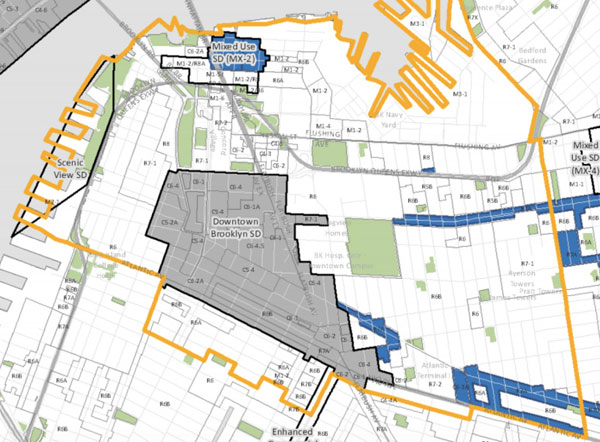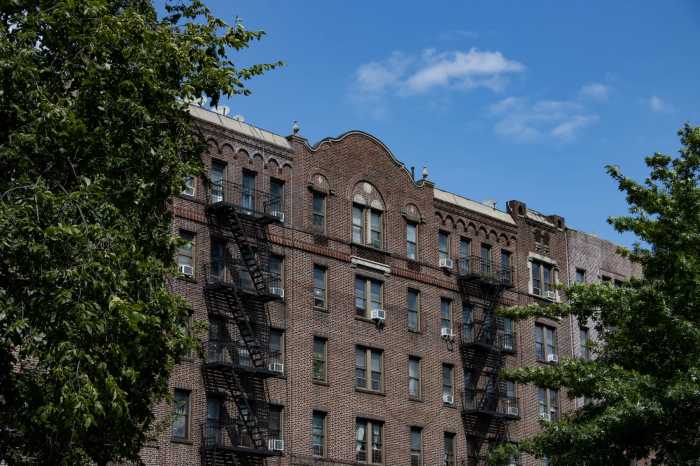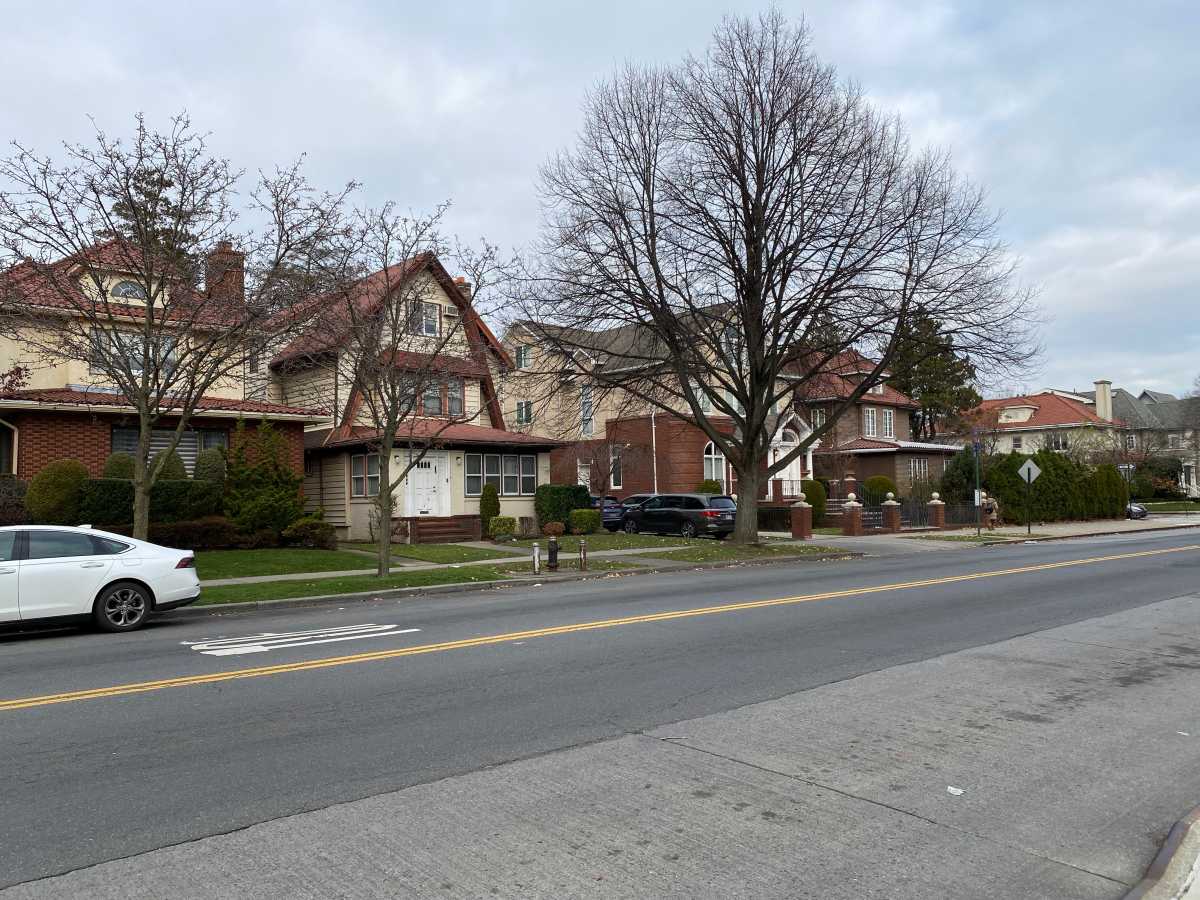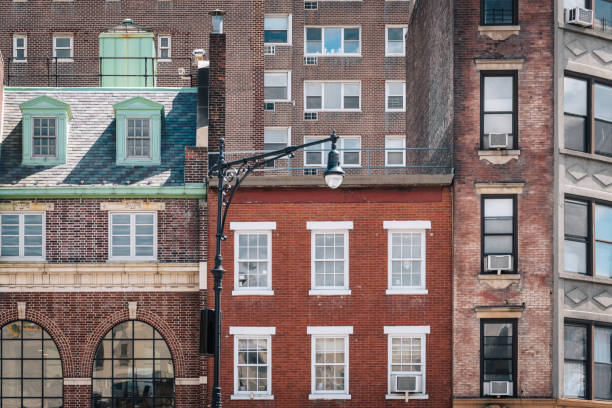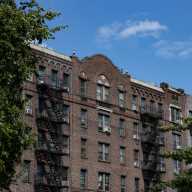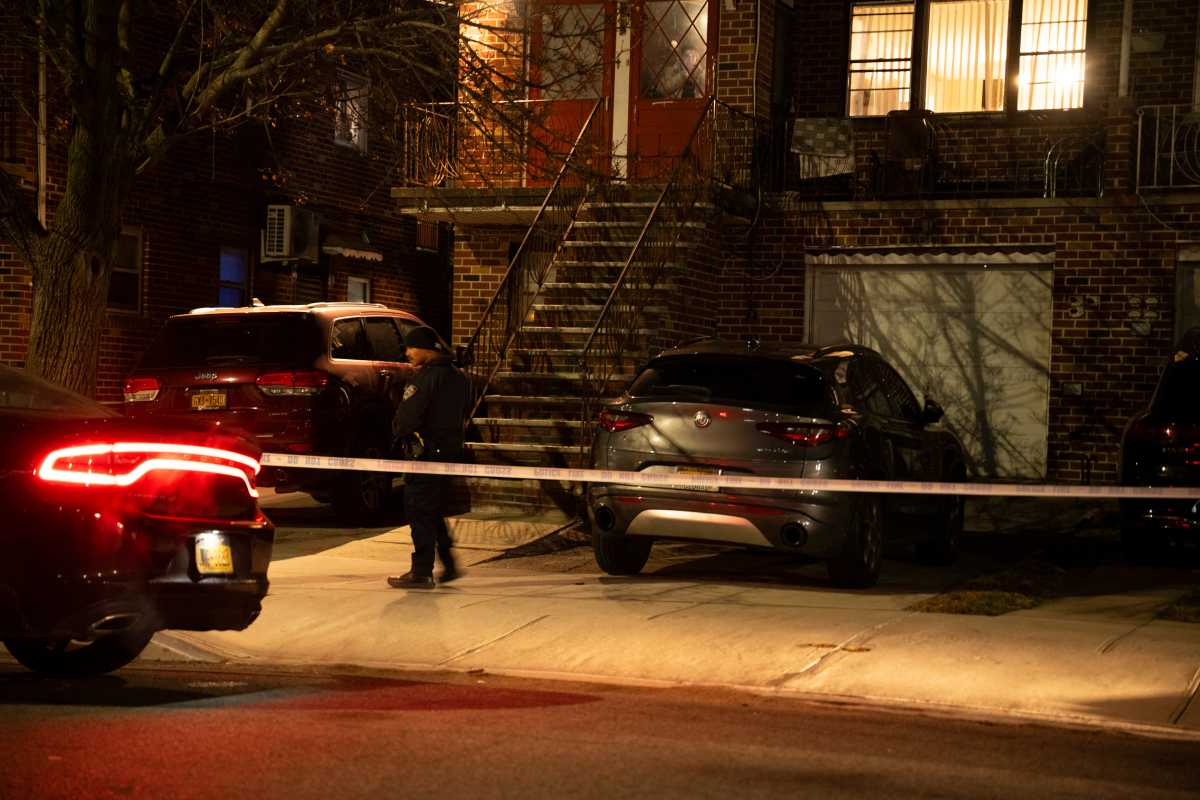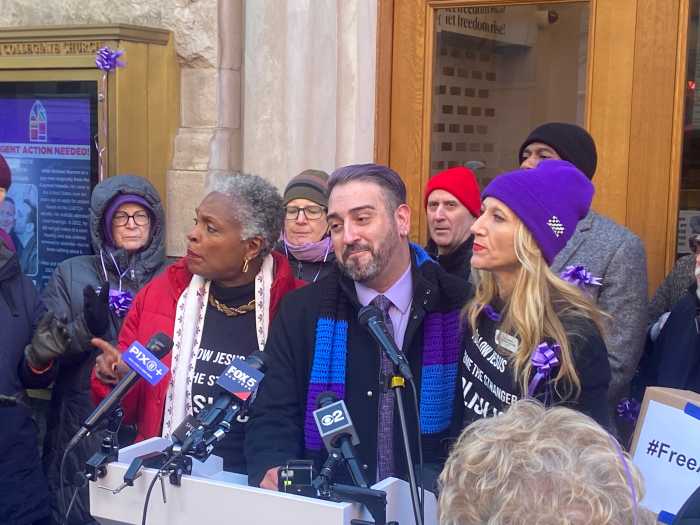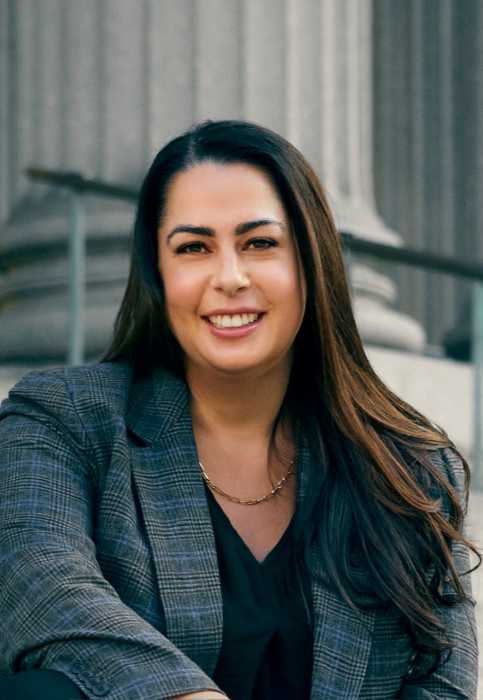This fall premiere was a critical flop.
Mayor DeBlasio’s plan to allow developers to construct taller buildings with fewer parking spaces in the hope that it will encourage them to create more attractive designs and more below-market units is full of plot holes and needs a rewrite, say members of a Downtown-area panel who voted against the proposal on Thursday.
“It is not ready for prime time,” said Irene Janner, a member of Community Board 2’s Land Use Committee, which voted 11-2 against the Department of City Planning’s Zoning for Quality and Affordability plan. “The city needs to go back to the drawing board and come back with a more fully realized plan.”
The citywide rezoning scheme will allow developers to build higher in and around “contextual zoning districts” — areas that place strict limits on the size and shape of new buildings intended to preserve the character of low-rise neighborhoods, which includes vast swathes of Brownstone Brooklyn.
In most cases, it will add around five feet, though in some commercial corridors, it would offer another 10–20 feet — or one to two additional stories. The plan will also nix or reduce requirements to create off-street parking for buildings that include below-market-rate or senior housing.
In Community Board 2, the changes (see them all here) would mostly affect Dumbo, Vinegar Hill, Boerum Hill, Fort Greene, and Clinton Hill, as Downtown already has special zoning rules to allow super tall construction and the Brooklyn Heights historic district has strict height restrictions.
The largest height changes are slated for parts of Myrtle Avenue, Fulton Street, and Atlantic Avenue, which would allow developers another two stories — though only if they include some below-market or old folks’ housing — and the sliver of the Heights not covered by the historic district, between Cadman Plaza and Henry Street, which would also offer a couple of extra stories. A few blocks of Vinegar Hill and Boerum Hill would allow one extra floor, but if the building is senior housing.
The city claims the extra five feet will encourage developers to design taller ground-floor levels that will fit in better with neighboring brownstones, while the larger additions and parking exemptions will convince them to create more below-market units in their properties.
But the committee members say the voluntary scheme won’t work — the city must create a plan that forces the buildings include those features, or the developers will just do whatever suits their bottom line.
“The ZQA does not go far enough to accomplish its goal for better, more reasonably priced housing,” said committee member Hilda Klein.
The committee did, however, unanimously approve another proposal — the Mandatory Inclusionary Housing plan, which would require developers in certain areas to set aside at least 25-percent of units in new buildings as below-market-rate in exchange for the city approving any land rezoning.
But no Community Board 2 neighborhoods are marked for the mandatory program — so far, anyway. The first and only area slated for the scheme is East New York, where residents and local pols have railed against the plan, arguing that it is too easy for developers to wriggle out of the requirements and that the so-called “affordable” units — aimed at families earning around $46,500–$62,000 — will still be too expensive for people who currently live there, according to a DNA Info report.
Both plans will come before all of Community Board 2 at its next general meeting, scheduled for Nov. 10.


